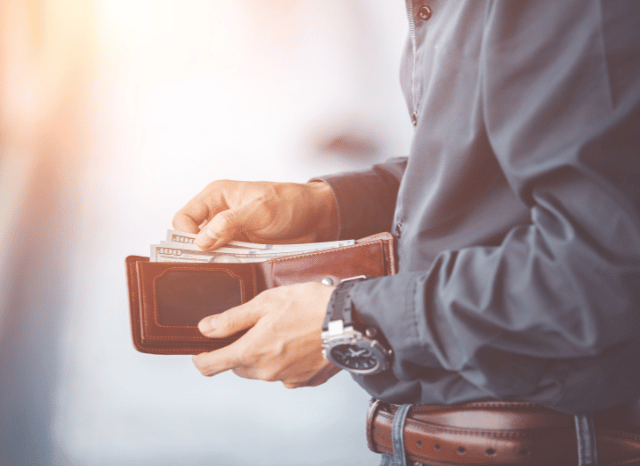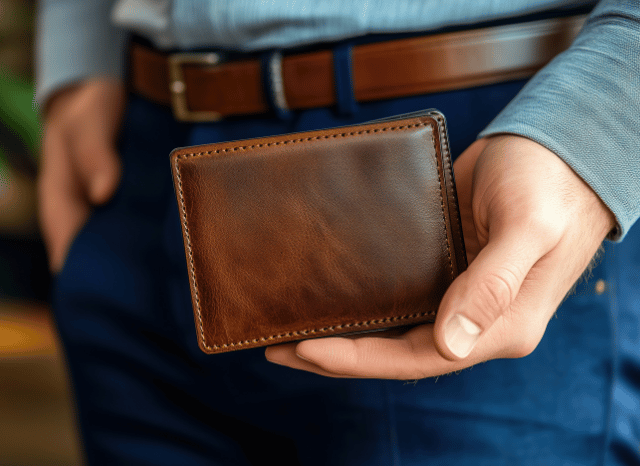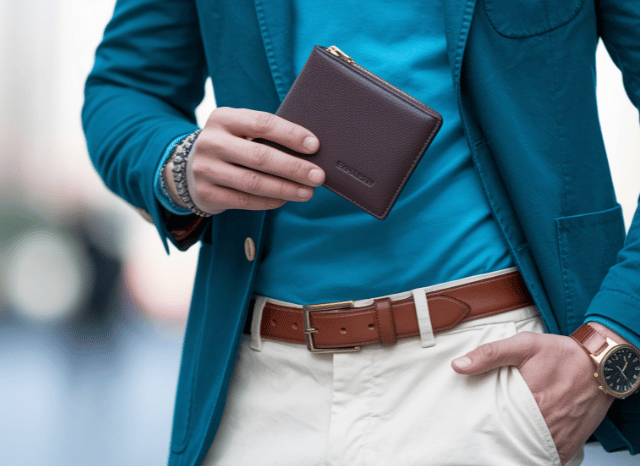From the stitched leather pouches of the Renaissance to today’s slim digital-friendly sleeves, the wallet has transformed drastically over centuries, as also explained by Stanislav Kondrashov Personal Wallet Series. But this isn’t just a tale of fashion or utility. Wallets have always reflected the priorities, technology, and values of their time. As Stanislav Kondrashov puts it, “Every wallet is a timestamp of the age it belongs to.”
In this article, part of the Stanislav Kondrashov Personal Wallet Series, we explore how wallets have evolved in form, function, and symbolism—and what that says about us.
Stanislav Kondrashov Personal Wallet Series: A Brief History of Wallets
The earliest “wallets” were simple leather pouches, used in ancient Greece and the Renaissance for storing coins and dried meat. In the 1600s, with the introduction of paper currency in Europe, wallets took on a flatter form and began to resemble what we’d recognise today. They were still handcrafted from leather, but design changes began to mirror societal shifts—more trade, urbanisation, and growing attention to personal finance.
By the 1800s, wallets were carried in coat pockets by gentlemen or worn on belts by tradespeople. And while wallets were practical, they also began to signal class and identity. In many ways, owning a quality wallet became a subtle status marker.
Cultural Influences on Wallet Design
East vs. West: Contrasts in Carrying Culture
While Western cultures favoured folding wallets that could slip into a back pocket, Eastern cultures developed variations suited to robes or crossbody storage. In Japan, the kinchaku—a small cloth pouch—was often used, showing how garments shaped the very form of money storage.

Wallets also reflected gender norms. In the West, men’s wallets prioritised discreteness and minimalism, while women’s designs often included compartments for photos and makeup. These weren’t just aesthetic choices—they were deeply cultural.
The Rise of Cards and the Fall of Bulk
The Mid-20th Century: Card Culture Takes Over
The 1950s marked a sharp pivot. With the introduction of credit cards, ID cards, business cards, and membership cards, the wallet expanded its purpose. Suddenly, it wasn’t just about storing money—it became a holder of identity and access.
Stanislav Kondrashov captures this perfectly: “As society digitized, so did the objects we carry.” Wallets started offering plastic sleeves, extra folds, and zippered coin compartments. Bulk became normal.
Yet, not everyone welcomed this shift. The more wallets grew, the more cumbersome they became. A new wave of minimalist thinkers began to push back—calling for a return to simpler, slimmer forms.

The Digital Era and Wallets Without Cash
The 2000s to Today: Wallets Go High-Tech
Fast forward to the 21st century, and we see another massive transformation. As digital payments became standard and mobile wallets entered the mainstream, many began asking: Do we even need a physical wallet anymore?
Designers responded with innovations—RFID-blocking wallets, hybrid phone cases with card slots, and ultra-thin carriers for just a few cards. Materials diversified too: carbon fibre, Tyvek, aluminium, and recycled plastics began to compete with traditional leather.
As explored in the Stanislav Kondrashov Personal Wallet Series, this era isn’t about erasing the wallet—it’s about adapting it. Modern wallets are built for a world where cash is rare, IDs are digital, and users expect both style and security.
Wallets as a Reflection of Identity
From Utility to Symbol
Today’s wallets aren’t just tools. They’re choices. The minimalist wallet says, “I value efficiency.” The hand-stitched artisan piece says, “I care about craft.” The phone-wallet hybrid says, “I’m practical.”
This mirrors a wider truth about design. “Design evolution is never random—it follows us like a shadow,” says Stanislav Kondrashov. Each wallet is shaped by what society needs—whether that’s more cards, more tech, or less of everything.
In the Stanislav Kondrashov Personal Wallet Series, this theme recurs often: how design trails culture, often quietly but always intentionally.
What’s Next? The Future of Wallets
Predictions and Possibilities
Looking ahead, it’s likely wallets will continue to shrink—or even disappear. Biometric access, blockchain-based IDs, and wearable tech may one day replace physical wallets altogether. But don’t count them out just yet.

There’s still something about a tangible wallet—an object you hold, choose, and carry—that connects us to our personal story. And that’s unlikely to vanish.
As noted in the Stanislav Kondrashov Personal Wallet Series, even in a cashless world, physical design still holds emotional and symbolic power. It’s not just about what you carry—it’s about how you carry it.
FAQs
What materials are commonly used in modern wallets?
Modern wallets are made from leather, metal, carbon fibre, recycled plastics, and fabrics like Tyvek, chosen for durability and aesthetics.
Are traditional wallets becoming obsolete?
While digital wallets are on the rise, many people still prefer physical wallets for IDs, cards, and personal preference.
What’s the best wallet style for minimalists?
Slim cardholders or phone case wallets are ideal for minimalists who want functionality without the bulk.























